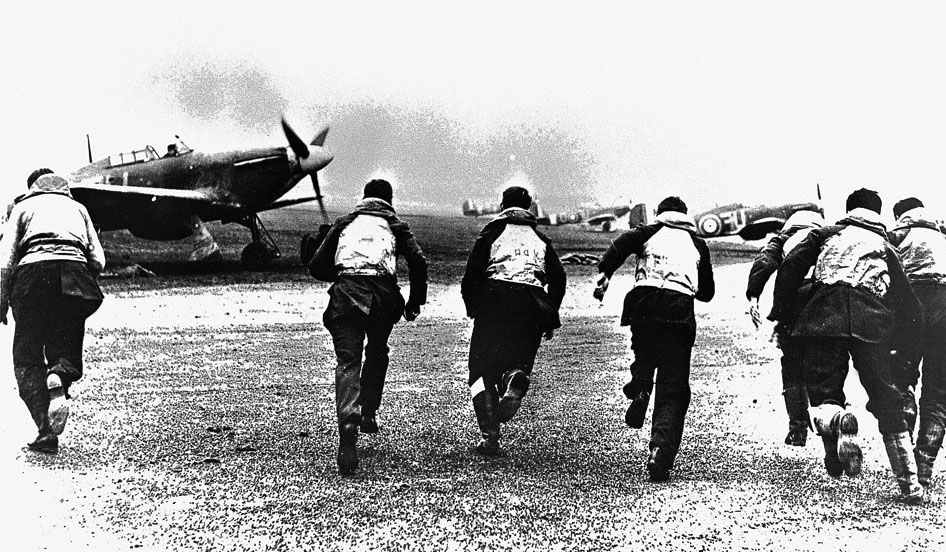1 July
Sea War, Atlantic
The ‘Happy Time’ begins for U-boat crews as their operational range is increased now that they have bases in French ports. This lasts until October. U-boat crews inflict serious losses on Allied convoys.
3-7 July
Sea War, Mediterranean
Britain, fearing that France’s navy will be seized by Germany, sends two battleships, a battlecruiser, and a carrier (Force H) to neutralize French vessels at Oran and Mers-el-Kebir, Algeria. After negotiations fail, the British sink one battleship and damage two. In Britain, two French battleships, nine destroyers, and other craft are acquired with minimal force. French naval forces in Alexandria, Egypt, are disarmed on the 7th.
9-19 July
Sea War, Mediterranean
At the Battle of Punta Stilo, the British Mediterranean Fleet tries to separate the Italian Fleet from its base at Taranto in southern Italy. An Italian battleship and cruiser suffer damage, and Italian aircraft hit a British cruiser. On the 19th, the Australian light cruiser Sydney and four destroyers engage two Italian light cruisers. The Italians lose a cruiser and the Sydney is damaged.
10 July
Air War, Britain

The Battle of Britain begins. Hermann Goering, the Nazi air force chief, orders attacks on shipping and ports in the English Channel. The movement of Allied vessels in the Channel is soon restricted as a result of British naval and aircraft losses.
16-22 July
Politics, Germany
Adolf Hitler’s Directive No. 16 reveals his military plan to invade Britain, code-named Operation Sealion. This requires control of the English Channel for transporting the invasion force and the destruction of Britain’s fighter capability to ensure a safe crossing. The air force is made responsible for destroying the strength of the RAF and Royal Navy. Hitler’s plans are further advanced after his final peace offer is rejected by the British on the 22nd.
18 July
Politics, Britain
British Prime Minister Winston Churchill agrees to close the Burma Road to disrupt supplies to the Chinese in order to avoid a conFrontation with the Japanese. The onset of the monsoon season means that the supply line would be disrupted anyway. The British will reopen the aid route in October.
21 July
Politics, Soviet Union
The authorities formally annex Lithuania, Latvia, and Estonia.
22 July
Espionage, Britain
Britain establishes the Special Operations Executive (SOE) to secretly give support to resistance groups across Nazi-occupied Europe.
25 July
Politics, United States
The United States introduces licensing to restrict the export of oil and metal products outside the Americas and to Britain. This measure is particularly directed toward Japan, which is heavily dependent upon imports of these resources. As a consequence, Japanese strategic planning devotes greater attention to the resources of the Dutch East Indies and Malaysia to relieve their raw material shortages.
